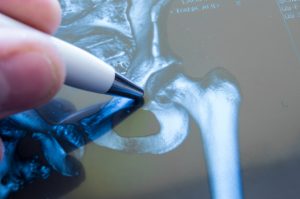
COVID-19 has altered everyone’s schedule. Schools, colleges, and restaurants have closed. Even courts have shut down for non-urgent hearings and trials. In June, Judge Catherine Blake, overseeing the Smith & Nephew Birmingham hip litigation, issued an amended Case Management Order to extend discovery deadlines and bellwether trial dates for the multidistrict litigation.
Remember the Smith & Nephew Birmingham hip MDL is moving forward on two tracks: one set of cases involve the BHR components that were used in hip resurfacing procedures, and a second set of cases (“THA Track”) involve those individuals who received Birmingham hip components as part of a total hip arthroplasty (THA). Let’s breakdown the recent schedule changes for each track:
BHR (Resurfacing) Track:
 North Carolina Product Liability Lawyer Blog
North Carolina Product Liability Lawyer Blog






